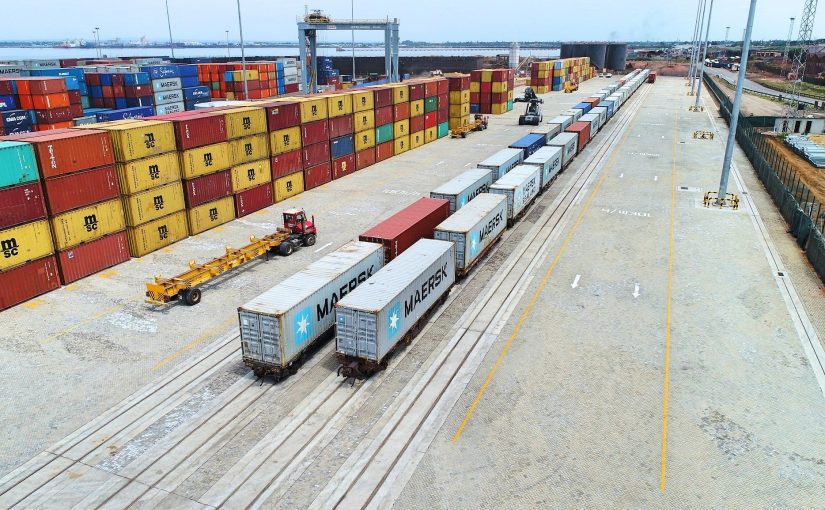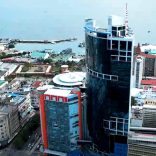Fisheries: Mozambique sets dates for 2025–2026 closed seasons
Rail trial: 1st train from JHB to Maputo

Courtesy of DP World Maputo
In the Southern African region, trade has traditionally selected road as the preferred mode of transport with about 70% of good being moved into the hinterland using trucks, with only 30% making use of rail. Road does have the advantage of port to door delivery over rail, but for distances greater than 350km the operational and cost benefits start to diminish.
Shippers and Consignees require both the lowest possible total transit time and cost. This is where the risks of road transport can quickly erode its initial value proposition. Congestion results in varying degrees of waiting in & around a port and en route to the cargo destination. This truck waiting time quickly escalates the cost of transportation and further increases the inventory holding costs for business.
The ability to quickly move containers from vessel or inland depot directly onto rail is the key for a major positive impact on the development of the hinterlands trade.
Rail’s key benefits:
Cost: Where the average cost per km is vastly lower than trucking.
Reliability: The discipline of running to a preset timetable greatly assists with logistics planning by giving certainty of departure and arrival times. This is key for just-in-time logistics and/or lean inventory ordering practices, where rail’s timetabled reliability are a natural fit, rather than the unpredictability of road congestion.
Environmental Impact: The reduction of carbon emissions are vital for the environment and companies green footprint. Every ton of cargo carried by rail produces at least 80 per cent less carbon dioxide than if moved by road. When compared with carrying the same tonnage by road, rail produces less than a tenth of the carbon monoxide, around a twentieth of the nitrogen oxide, and less than nine per cent of the fine particulates and around 10 per cent of the volatile organic compounds.
On Thursday 9 November 2017, DP World Maputo successful completed the first rail trial by moving 50 x 40 foot containers from Johannesburg to Maputo, container discharge operations took 120 mins. This is a substantial step forward for the facilitation of Gauteng’s trade development. The rail service now provides the Gauteng market the option for its imports and exports to be connected with the nearest Container Terminal, paving the way for exponential growth derived from this new logistical capability. “In order to provide the regional markets with adequate options, DP World Maputo is investing to expand and modernise the Container Terminal, with the main objective of increasing the capacity, capability and competitiveness of Maputo” says Tejas Nataraj, CEO at DP World Maputo..
DP World Maputo’s new rail siding of 1500m can accommodate 200 TEUs (2 x Full Block Trains), in addition the terminals capacity will increase from 150,000 TEU to 350,000 TEU by the end of 2017 as 5 ha a new pavement is completed. This additional capacity together with the company’s meticulous focus on productivity now provide the hinterland region (South Africa, Swaziland, Zimbabwe) an efficient gateway.












Leave a Reply
Be the First to Comment!
You must be logged in to post a comment.
You must be logged in to post a comment.